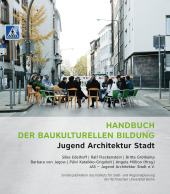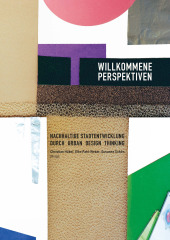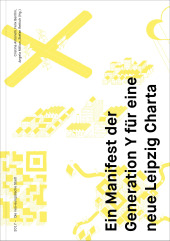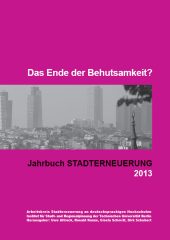Ein Wohnungsbauprogramm zur Innenentwicklung – gelingt die Behebung von Wohnraummangel? Am Beispiel des Projekts “20.000 Wohnungen für Stockholm

Format: 21,0 x 29,7 cm
Publishing year: 2009
The Swedish housing market is characterized by continuous transitions between states of housing shortage and overage. However, the situation varies from region to region. Government-funded house building programs in various size are strongly influencing the housing construction activity in Sweden. The most eminent example of such programs is the “Million program”, which lead to the construction of a million flats between 1965 and 1975. This thesis analyzes the housing construction market of the Swedish capital, Stockholm. The local housing market is characterized by phases of high constructing activity and stillness of new house building. At the beginning of the new century only few accommodations were built. That, in combination with a growth of population, created a shortage of flats in all sectorial and local submarkets. The study has as main focus the period from 2003 to 2006. In those years, a building program was issued to build 20,000 flats. The thesis questions the measures that were decided by the Stockholm municipal administration to try to meet both the current and future accommodation demand. Therefore, a comprehensive research is carried out on the statistical annuals between 2002 and 2008, and derived results are supported by an extensive analysis of the literature on the topic. The contribution of the thesis is to show the supply of flats and the ensued changes. In addition to that, the thesis presents two living areas as examples for the frantic building activity that took place in the aforementioned period.



